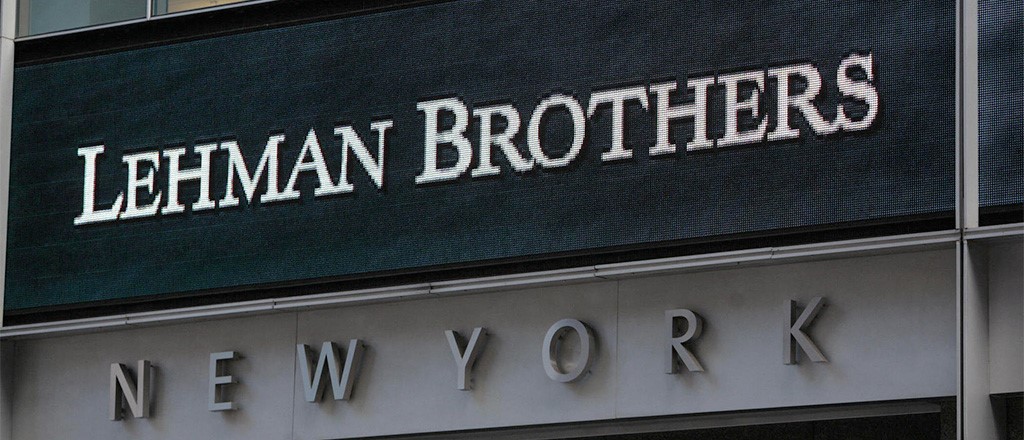The 2008 Global Financial Crisis
Welcome to our website, where we delve into a defining moment in economic history—the 2008 global financial crisis and its connection to the collapse of Lehman Brothers. Join us on a journey through this unprecedented event that shook the foundations of the financial world and left an indelible mark on our collective memory.
The year 2008 will forever be etched in the annals of economic history, as it witnessed the eruption of a financial tempest that spread across continents and reverberated throughout markets worldwide. At the heart of this storm lay the venerable Lehman Brothers, a titan of the banking industry whose sudden demise sent shockwaves through Wall Street and beyond.
Lehman Brothers, founded in 1850, had grown to become one of the largest investment banks in the United States, symbolizing the very essence of the American dream. With a rich heritage of success and an esteemed reputation, it seemed invincible, impervious to the shifting tides of economic fortune. However, as the cracks in the financial system deepened, Lehman Brothers found itself caught in the eye of the storm, ill-prepared for the mounting turmoil.
As the crisis intensified, the foundations of the global financial system began to crumble. The bursting of the U.S. housing bubble, fueled by subprime mortgages, had a cascading effect that exposed the vulnerabilities lurking within the financial industry. Lehman Brothers, burdened by toxic assets and excessive leverage, found itself teetering on the edge of insolvency.
In a desperate bid to avert disaster, financial institutions and governments engaged in a delicate balancing act, scrambling to prevent the contagion from spreading further. However, their efforts proved inadequate, and on September 15, 2008, Lehman Brothers filed for bankruptcy—the largest in U.S. history. The fallout was immediate and far-reaching, as the global financial system was plunged into a state of chaos.
The collapse of Lehman Brothers triggered a domino effect, causing credit markets to freeze, stock markets to plummet, and economies to falter. It exposed the fragility of the interconnected web of financial institutions and revealed the systemic risks inherent in an industry driven by complex derivatives and speculative practices.
Governments around the world were forced to intervene on an unprecedented scale, injecting massive liquidity into markets, bailing out troubled institutions, and implementing sweeping regulatory reforms. The aftershocks of the crisis reverberated for years, as economies struggled to recover, unemployment rates soared, and public trust in the financial sector eroded.
However, amidst the turmoil, valuable lessons were learned. The crisis served as a stark reminder of the need for robust risk management, enhanced transparency, and responsible lending practices. It spurred a reevaluation of financial regulations and paved the way for reforms aimed at preventing a recurrence of such catastrophic events.
As we reflect on the economic crisis of 2008 and the fall of Lehman Brothers, we are reminded of the profound impact that the actions of a single institution can have on the global economy. It serves as a poignant reminder of the interconnectedness of our financial systems and the importance of fostering stability, resilience, and ethical practices.
Join us as we delve deeper into the causes, consequences, and enduring lessons of the 2008 economic crisis. Explore the narratives, analysis, and insights that shed light on this transformative period in history. Together, let us strive to navigate the complexities of the financial world, armed with knowledge and a steadfast commitment to creating a more sustainable and equitable future.
